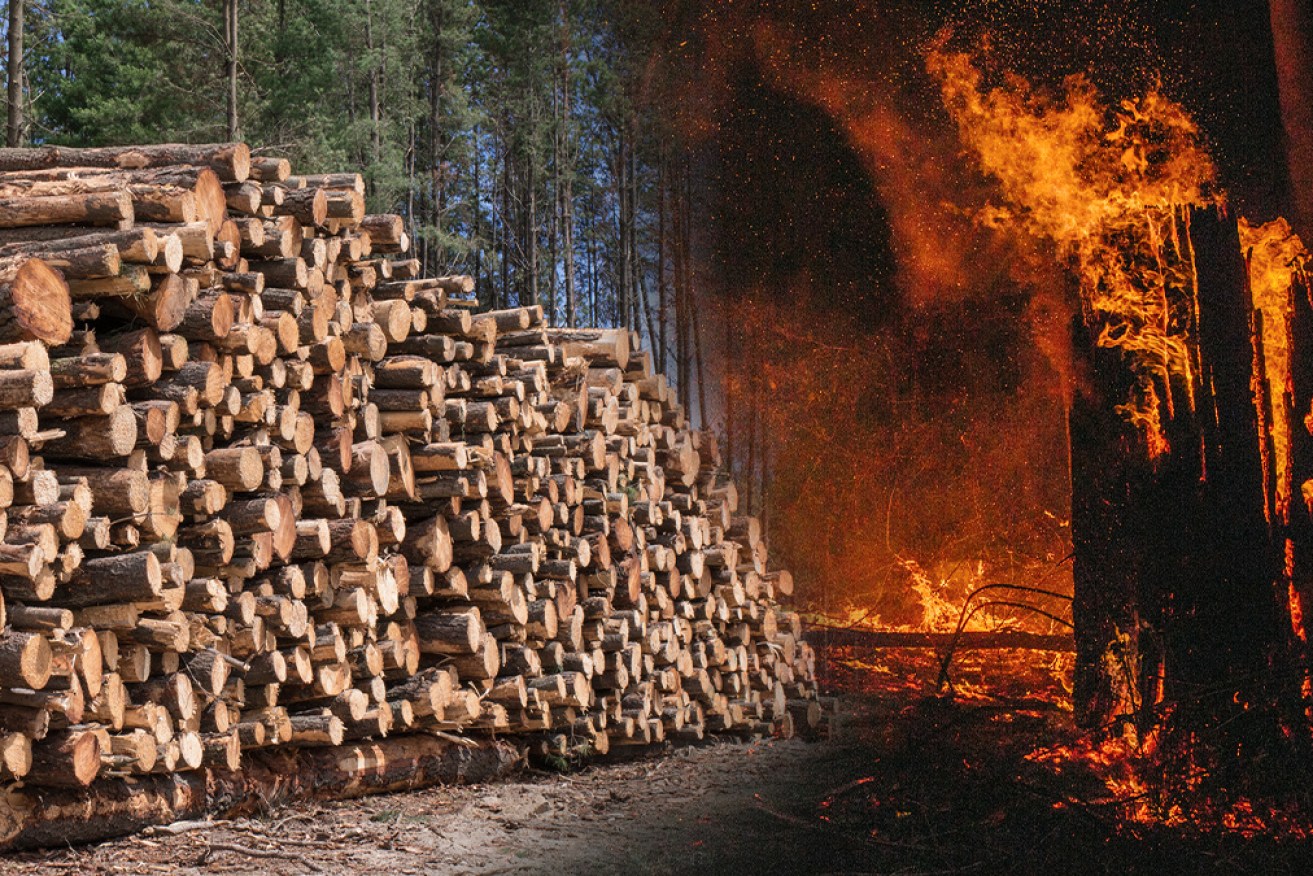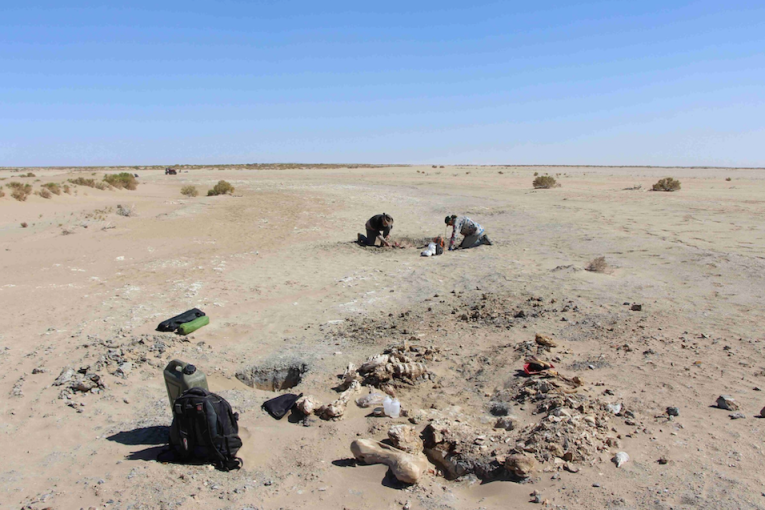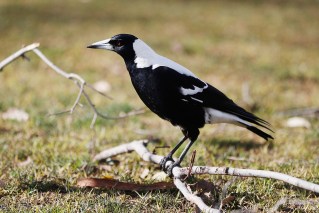Scientists: Native logging increases bushfire risk – not reduces it


The logging of native trees has been shown to increase the risk of bushfires rather than reducing it, according to new scientific evidence.
The findings, released on Friday by the Bushfire Recovery Project, contradict the forest industry’s long-held claims that selective logging helps reduce bushfire fuel loads.
As part of their research, scientists from Queensland’s Griffith University and Canberra’s Australian National University analysed 51 peer-reviewed studies by at least 100 scientists focusing on native Eucalypt forest in southeast Australia.
They found that chopping down and culling native trees ahead of bushfire season could have the unintended effect of making the land more flammable.
That’s partly because when loggers chop down trees, they typically leave behind parts of dead branches and debris they don’t want, said Professor Brendan Mackey, the director of Griffith University’s Climate Action Beacon research program.
“You end up with a lot more dead branches, which become fuel,” Professor Mackey said.
“And then when you open up the canopy and expose the forest to more sunlight and wind, it dries out the fuel that’s there and makes it more flammable.”

Burned logging regrowth in the Victorian central highlands post Black Saturday 2009. Photo: Bushfire Recovery Project
The scientists found that not only does native logging increase bushfire risk, but that this danger can last for several decades.
Referring to data from several studies, the researchers said native forest logging increased the severity at which forests burn, starting about 10 years after logging and continuing at very elevated levels for roughly another 30 years.
“A fire burns more severely in a logged forest than it does in an old growth forest, and that difference lingers for decades following logging,” Professor Mackey said.
“The main driver of fires – especially big fires – is extreme fire weather conditions, which include how dry the fuel is, early heatwaves and big winds.
“When you have dangerous fire weather conditions, a logged forest will be more flammable than an unlogged forest.”

Logging regrowth in the Victorian central highlands. Photo: Bushfire Recovery Project
The researchers also found evidence from multiple studies that disputed the forestry industry’s theory that ‘mechanical thinning’ can reduce bushfire risk.
Mechanical thinning is when loggers remove smaller trees so the surrounding trees no longer need to compete for nutrients and can therefore grow more quickly.
This means they can be logged earlier, too.
“Some argue this reduces the fire risk, but the papers show this is not the case,” Professor Mackey said.
“Mechanical thinning increases dead fuel by a lot.”
One study on Alpine Ash forest in Victoria showed mechanical thinning decreased surface fuel, but increased coarse woody debris by 50 per cent and increased the density of saplings tenfold, the researchers said.
The scientists identified climate change as a key contributor to increased bushfires and damage.
The Australian Forest Products Association was approached for comment, but did not respond before deadline.








